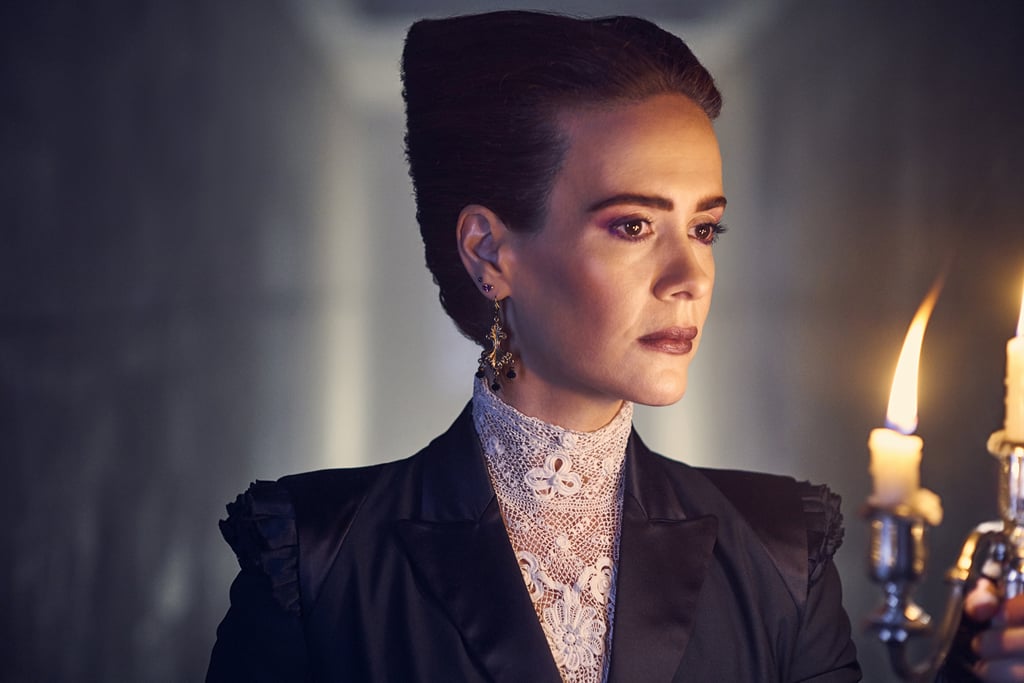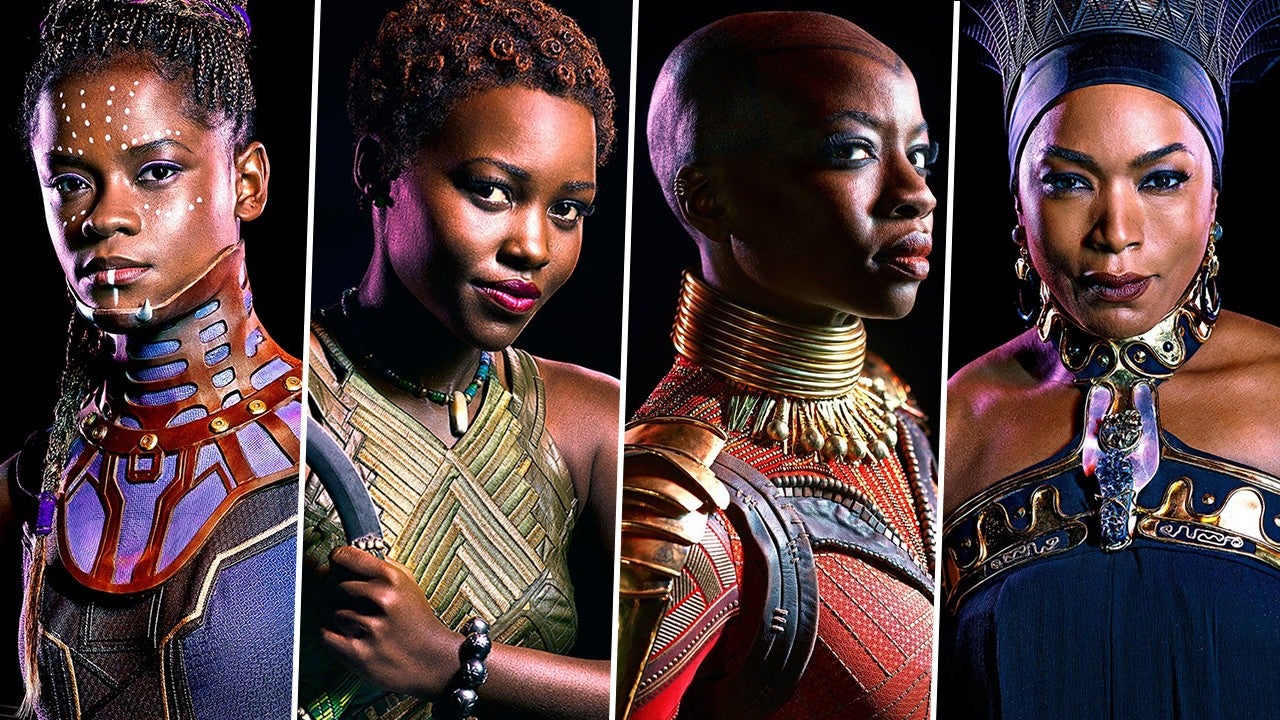The male gaze
permeates nearly every aspect of patriarchal society. From social interaction
to the media, art, and fashion, the way women are viewed by men effects both
how they present themselves to others as well as how others would represent
them. In “Ways of Seeing”, Berger states that “To be born a woman is to be born
… into the keeping of men” [Berger, 46]. Men’s overwhelming power over women
creates the idea that in order to succeed; a woman must appear to men in a way
which will please them. This leads to the need for a woman to “continually
watch herself… [to] survey everything she is and everything she does because
how she appears to others, and ultimately how she appears to men, is of crucial
importance for what is normally thought of as the success of her life” [Berger,
46]. Women are constantly keeping up appearances in an attempt to ensure her
success in the world.
The male gaze
however, does not only affect the way women are viewed or the way they view
themselves. The male gaze has the power to limit a woman’s social interaction
by forcing her to curb her own personality for the sake of seeming more
appealing to a man. For example, a woman may act differently in the company of
men than she does around the company of women. She may feel hesitant to speak
or act as she normally would for the sake of creating a good impression. There
have been multiple times in which I have experienced this. It is normal to feel
a sense of nervousness around new people. However, I have found that it is much
harder for me to hold a conversation with heterosexual, cisgender men than it
is for me to interact with people who do not identify themselves as such.
Media’s
representation of women is also affected by the male gaze. The way women are
portrayed in all types of media can lead to unrealistic standards which women
are expected to meet for the sake of meeting men’s expectations. Not only does
female representation in media affect beauty standards, but it also affects the
ways in which women are expected to act. In recent years, media’s attempts to
be more socially aware have pushed “wokeness” as a trend, which can sometimes
misrepresent feminists and instead produce “social justice warriors”, which can
lead viewers to have a negative view of women who are socially aware.
 |
| Sarah Paulson as Miss Venable in American Horror Story: Apocalypse |
One example of this would be the most recent season of American
Horror Story, in which actress Sarah Paulson plays a character named Miss
Venable. In the past, I have never been very critical of American Horror Story,
as the ways in which they have represented women (particularly in the third
season, Coven) had never seemed problematic to me. However with this season,
these readings have helped me recognize problematic tropes in the series’ plot.
In Apocalypse, Miss Venable is the matriarch of Outpost Three, an underground
fortification run by a group called The Cooperative where the main characters
gather after the world faces an apocalyptic set of nuclear bombings. In the
episodes which have been released thus far, Venable has been alluded to as
being queer or lesbian, and has spoken against her male superiors in The
Cooperative for maintaining patriarchal values post-apocalypse. Despite this,
Venable is still portrayed as the main antagonist who orders the execution and
punishment to anyone who disobeys her. This representation is an extreme
version of the demonization of outspoken female antagonists in modern media.
This leads to bell hooks’ ideas about the oppositional gaze. In
explaining the oppositional gaze, she uses the examples of slaves and children
being punished for staring at their masters or at adults. She states that “all
attempts to repress our/black peoples’ right to gaze had produced in us an
overwhelming longing to look, a rebellious desire, an oppositional gaze. By
courageously looking, we defiantly declared: “Not only will I stare. I want my
look to change reality.” Even in the worse circumstances of domination, the
ability to manipulate one’s gaze in the face of structures of domination that
would contain it, opens up the possibility of agency” [bell hooks, 116]. This
idea of power existing within one’s ability to look at one’s oppressor as an
act of rebellion is deeply connected to the representation of black folk in
media.
In relation to media, the oppositional gaze is the ability to look
at a piece of media and examine its representation of one’s own people through
a critical lens. It is important to be able to distinguish and maintain the
“distance between spectator and the image” [bell hooks, 117], or ensure that one
can not only view this representation critically, but also create one’s own
representation of their demographic with the intention of it being an act of
rebellion. Hooks, in her discussion of Black Cinema and the representation of Black
women in films, she states that “Most of the black women I talked with were
adamant that they never went to movies expecting to see compelling representations
of black femaleness. They were acutely aware of cinematic racism – its violent
erasure of black womanhood” [bell hooks, 119].
 |
| The Women of Black Panther |
While black female representation has taken leaps and bounds in
recent years, especially with the success of films like Marvel Studios’ Black
Panther, accurate representation without the need for male characters still has
a long way to go. Personally, these ideas around the male and oppositional
gazes were not new to me. Despite this, reading about these ideas in a more
academic setting has opened my eyes to far more issues with the ways I can be
critical of myself and other women for the sake of men. Bell hooks’ ideas about
the oppositional gaze have helped me recognize the misrepresentation of Asian
women in Asian media (since there is still a great lack of Asian female
representation in Western Media).
No comments:
Post a Comment